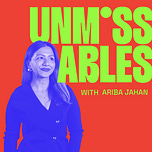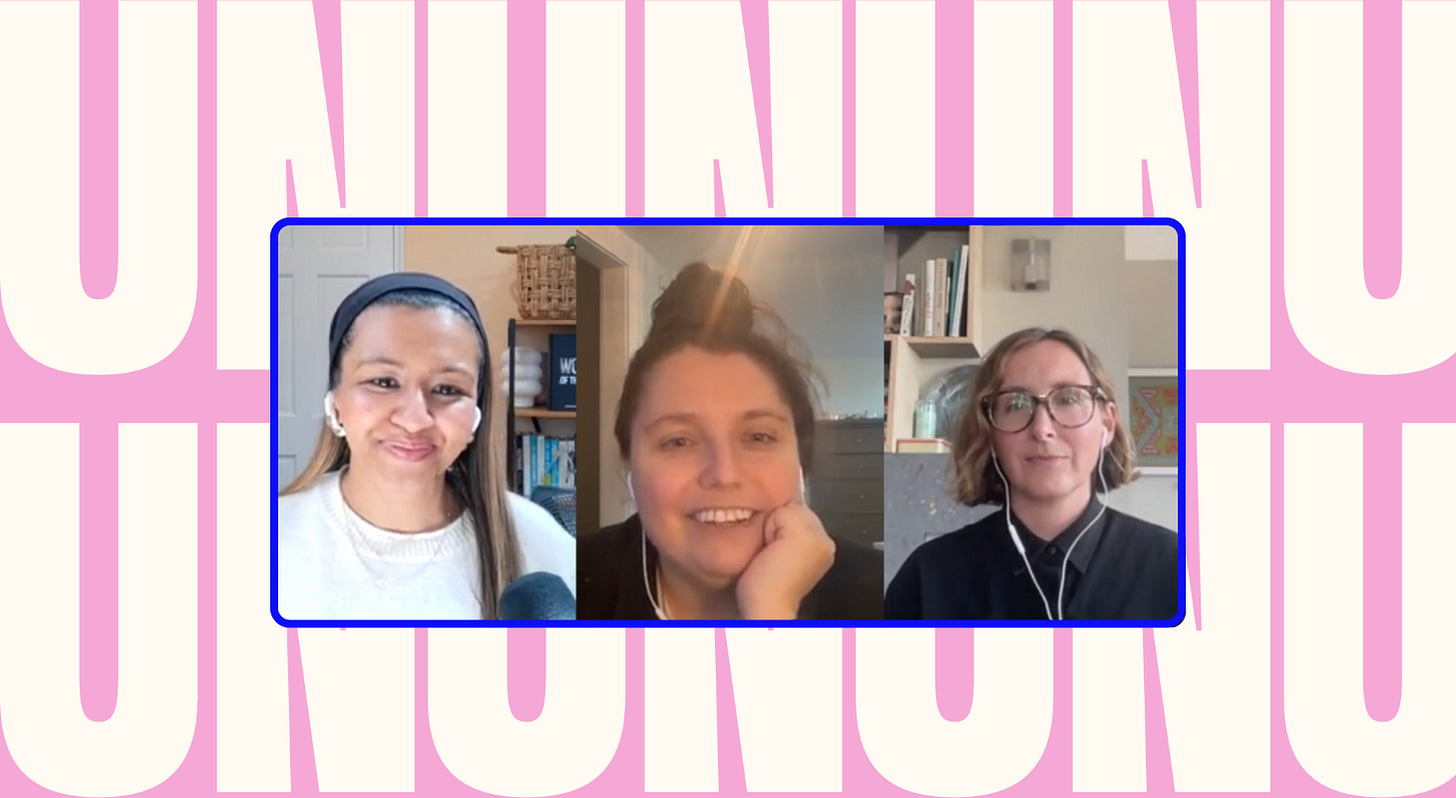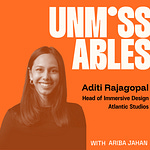We’re often shown futures that look sleek and robotic—but curiously empty of people. RADAR is building something else: a cooperative practice where imagination isn’t a mood board, it’s shared work.
In this conversation, Keely Adler (Head of Practice) and Caitlin Keeley (Head of Imagination) unpack how RADAR prototypes futures in public—through research cycles, rituals, grants, and cultural artifacts, so communities can see themselves in what’s next. We get into “mundane futures,” love as infrastructure, and what it takes to cross the yearning gap from longing to action.
“If you can’t imagine a better future and actually see yourself living in it, you’re never gonna… be able to work toward that.” — Keely
Listen Now
Spotify || YouTube || Apple Podcasts
What we explore in this episode
Why most futures work feels shiny and robotic, but empty of people
How RADAR is prototyping futures in public, not behind closed decks
The concept of “mundane futures” and why they matter
How love and psychological safety show up as design tools
Why communities need rituals and scaffolding, not just visions
What it means to cross the “yearning gap” from longing to action
“Imagine if we were all thinking about our future together and coming up with it, then we can live in a future that we all imagine together” - Caitlin
Follow along
00:00 — Introduction to RADAR and its evolution
02:19 — Understanding futures & cultural futurism
04:25 — The concept of mundane futures
06:49 — Community & collective ownership at RADAR
09:22 — Digital cooperatives and shared ownership
11:58 — Where RADAR meets client/industry work
18:52 — The creative ecosystem (participants, partners, artifacts)
24:32 — Multiplayer imagination & experimentation in practice
31:08 — Embodied futures & love as infrastructure
34:38 — Yearning for change & the 2025 mission
44:33 — The power of imagination in shaping the future
47:20 — Understanding yearning burnout & its impact
50:18 — The role of small actions in creating change
53:30 — The future of collaboration & AI
54:58 — Lessons from multiplayer mode in creative processes
57:13 — Fostering psychological safety for innovation
01:02:14 — The importance of community & gathering for change
Some takeaways
Imagination is radical. Futures aren’t authored by lone geniuses; they are co-created in community. This shifts power from a few slide makers to many contributors who shape outcomes.
From decks to practice. RADAR turns foresight into operations: research cycles, shared rituals, and tangible artifacts (reports, grants, gatherings) so imagination becomes work people can do together.
Livable beats impressive. If you can’t picture yourself or your auntie inside the future, you won’t know how to work toward it. “Mundane” details are a design test, not a downgrade.
Cultural futurism over prediction. Start with everyday life: language, rituals, media, rather than abstract trend curves. That’s how futures land and stick.
Dystopias sell, but they don’t serve. The attention economy rewards bleak stories. RADAR actively trains attention toward hopeful, usable alternatives.
Hope builds through small moves. Change rarely arrives in one grand moment. It grows through thousands of connected actions: conversations, zines, stickers, tote bags that compound over time.
Love as infrastructure. Treat care, trust, and belonging as inputs to policy, product, and place-making. “Future in Love” shows how joy and connection can be designed, not left to chance.
The lone-hero era is ending. Future-building is moving from solo visionaries to cooperative teams across culture, agencies, and systems. Multiplayer imagination is the intent, not the byproduct.
Safety fuels contribution. Psychological safety plus low-friction tools widen who participates and how often. Think “drop a link in Miro,” not “deliver a perfect deck.”
Build in public. Visible experiments beat private vision decks. Open artifacts invite collaboration, feedback, and shared ownership.
What to Try This Week
Close one yearning gap. Name one thing you’ve been wanting to do. Define a ≤30-minute action, put it on the calendar, and do it this week.
Multiplayer imagination, low pressure. Open a shared doc or Miro board. Post 3 prompts whether related to work or something you want to explore in community. Rules: no slides, just links/stickies/notes. After 2-3 days, do a quick readout and pick one tiny experiment to try.
Party > doomsday. Host a small gathering (5–8 people) & think of what you want to invite into the conversation. For Example: A Future in Love themed party, with two questions, one tiny pledge wall. Keep it light, snacks over slides.
Signals to Watch
Yearning Gap: The distance between today’s reality and desired futures—watch how more orgs move from theory into practice.
Cultural Acupuncture: Small but targeted interventions shifting larger narratives.
Futures in Public: More communities and orgs building openly, through shared rituals and cooperative experiments.
Mentioned in this episode
Tomorrow.Radio - is a digital radio station created to help people in the UK feel just a little bit more hopeful about things.
MetaLabel - Yancey Strickler’s cooperative model for creative releases
Subvert - Austin Roby’s co‑owned take on Bandcamp (non‑crypto)
Other Internet - nonprofit applied research organization
Social.coop - member‑owned Mastodon instance + governance wiki
Meet.coop - cooperative video‑meeting infrastructure
Fediverse - decentralized social (Mastodon, Bluesky; Threads not yet fully connected)
LoveFest - RADAR’s 3 month exploration into the “Future In Love”
“Let’s Get Meta” — RADAR’s nerd channel for methods + meta talk, is in their discord space
Where to find Keely Adler & Caitlin Keeley
Keely Adler — Head of Practice (LinkedIn)
Where to find me
LinkedIn: /aribajahan
Instagram: @ariba.jahan
Newsletter: unmissableswithariba.com
Enjoying Unmissables? A quick ⭐⭐⭐⭐⭐ on Spotify + a review on Apple helps more people find the show. Thank you! 🫶🏽
As I keep evolving this podcast, I’d love to know what do you find most valuable in the shownotes? What would you like to see more of?













